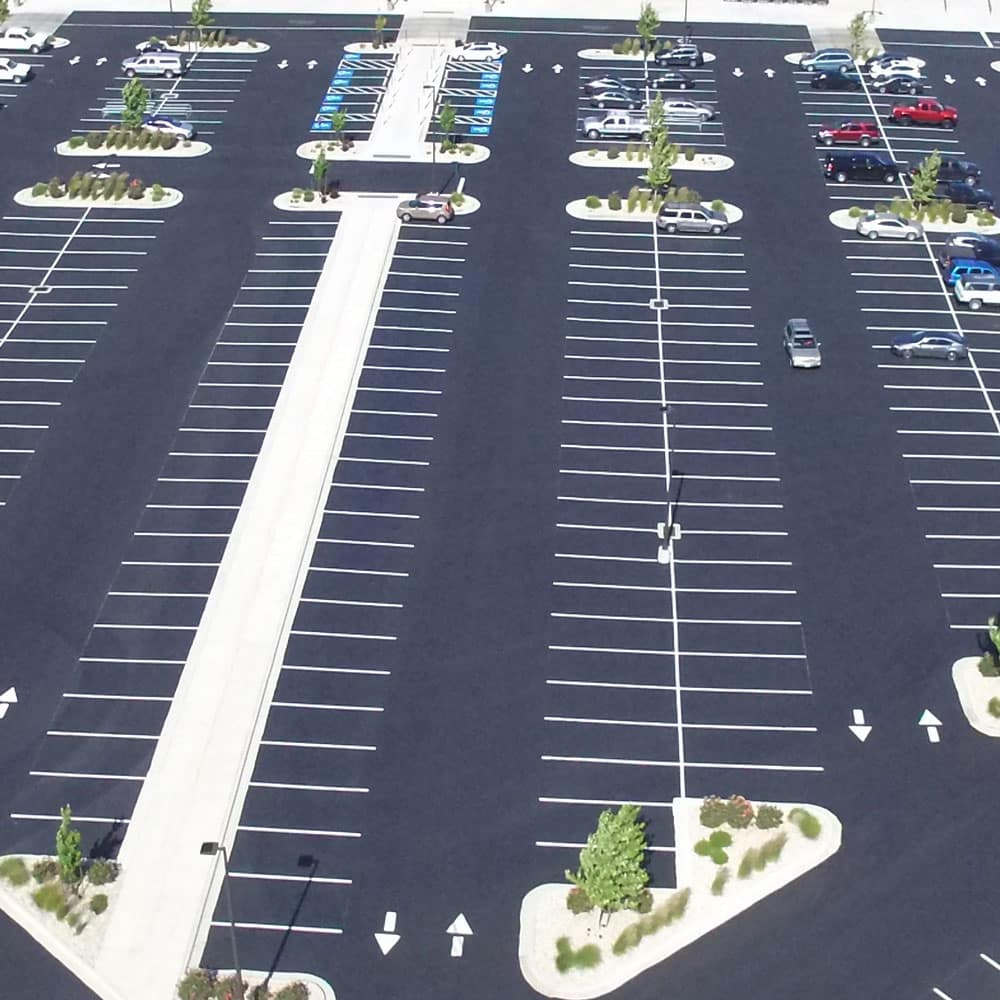Laura Ingalls Wilder, author of the beloved Little House on the Prairie, tells of her first encounter with an asphalt pavement. She was on a wagon journey with her parents in 1894 that took them through Topeka.
“In the very midst of the city, the ground was covered by some dark stuff that silenced all the wheels and muffled the sound of hoofs. It was like tar, but Papa was sure it was not tar, and it was something like rubber, but it could not be rubber because rubber cost too much. We saw ladies all in silks and carrying ruffled parasols, walking with their escorts across the street. Their heels dented the street, and while we watched, these dents slowly filled up and smoothed themselves out. It was as if that stuff were alive. It was like magic.”
Today, this dark, resilient material covers more than 94 percent of the paved roads in the United States; it’s the popular choice for driveways, parking lots, airport runways, racetracks, tennis courts, and other applications where a smooth, durable driving surface is required. Called at various times asphalt pavement, blacktop, tarmac, macadam, plant mix, asphalt concrete, or bituminous concrete, asphalt pavements have played an important role in changing the landscape and the history of the U.S. since the late 19th century. (National Asphalt Pavement Association)
Morgan Pavement has a variety of innovative products and services for this “magical stuff” called asphalt. 1-888-Pavement.


